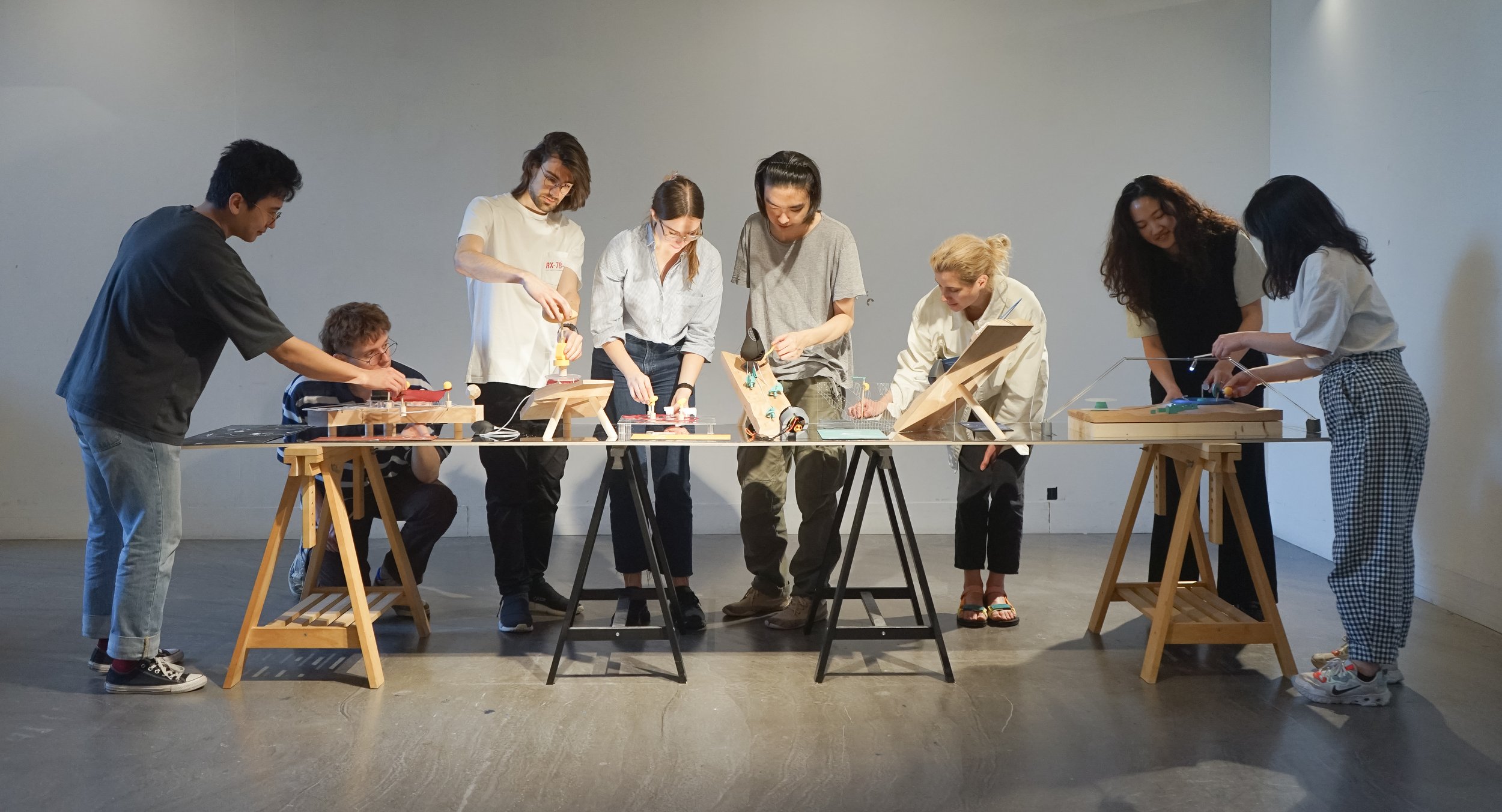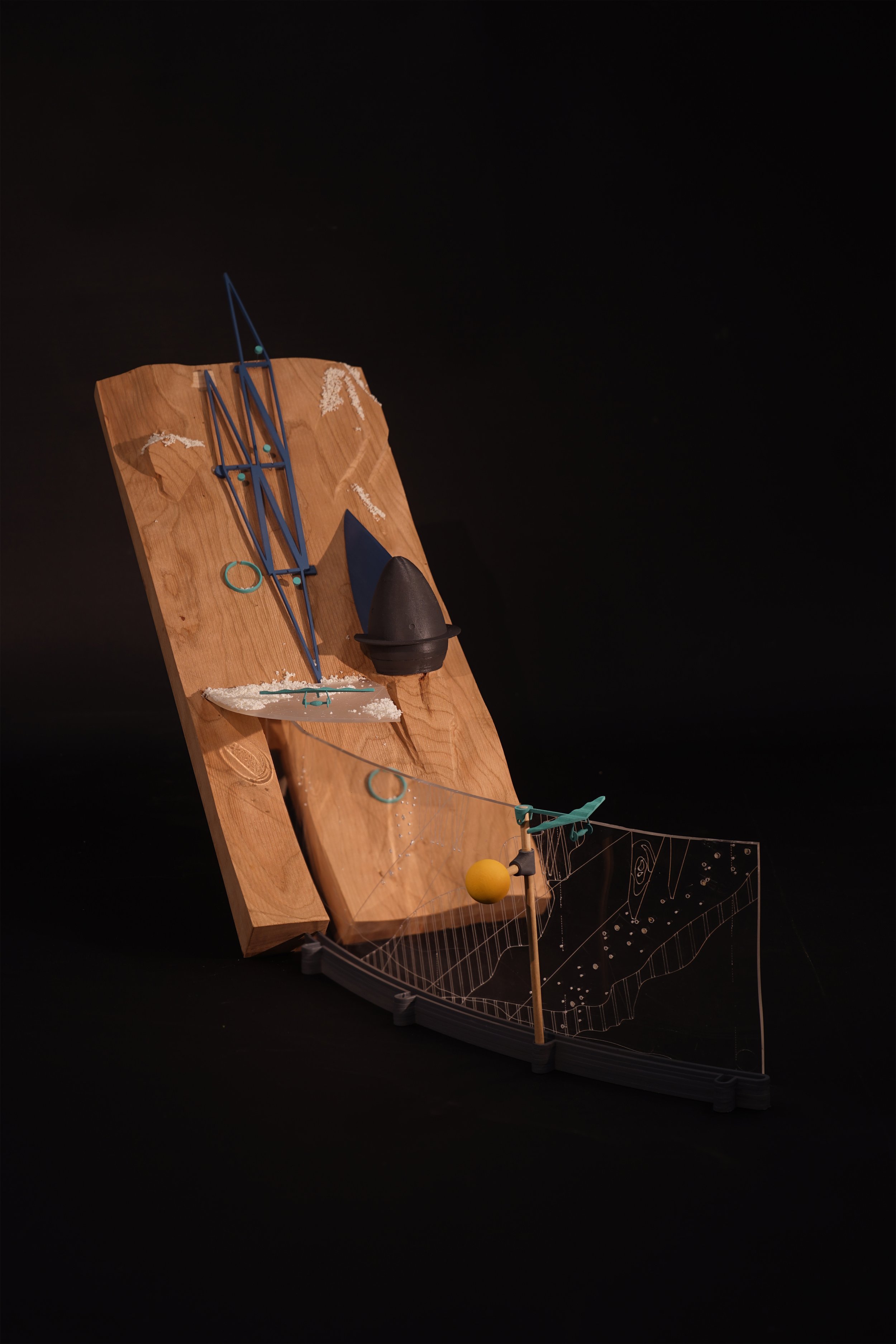
Keystone Experiment
Today, in the biodiversity crisis, many hidden natural systems, such as predator hunting or pollination, have become obsolete due to species extinction. These ‘ecological tipping points’ and fragmentation in the food web demands anthropocentric humans to take action now more than ever before. Rewilding, a conservational approach, is popular in European countries and North America to directly reintroduce keystone species that were extinct from their ancestral sites to reactive missing ecological systems.
Despite the positive ecological benefits, bio-security is a problem in case studies such as Yellowstone National Park; free-roaming wolfs and bears have destroyed many public goods and opened new problems for visitors and land owners. On the contrary, reintroducing herbivores without a predator has proven challenging; in Osstavaardersplassen Nature Reserve, large packs of herbivores were left starving due to the overpopulation of grazers. From the difficulties in reintroducing keystone species, Sergey Zimov, a Russian scientist, has developed an alternative approach to mend these fragile spaces in his neighbourhood, which has been suffering from melting permafrost. He believes the extinct mammoth played a crucial role in lowering the temperature of the ground through their heavy trampling across vast landscapes. Zimov decided to mimic the mammoth steppe by running mechanical tractors like a mammoth and bulldozing trees, similar to how they forage for food. After a decade of ‘mechanical mimicking, scientists have confirmed that Zimiov has successfully reduced the ground temperature by 1.3 Degrees Celsius.
Learning from Zimov’s ‘wilding experiment’, the design research marries architecture and the concept of mimicking keystone species to provide a threshold for people to visit National Parks in the UK safely and give people a chance to heal the fragmented landscape. By studying the hidden ecological ecologies of wild bees and the ‘Landscape of Fear’ from Wolfs, the ‘wilding experiment’ is re-imagined into five architectural proposals staged in Ben Nevis as mobile structures in the hope of facilitating the missing ecological interactions. Moreover, visitors are encouraged to participate by collecting pollen through armatures or manipulating landscape devices to generate predator noises. Leaving a legacy not just of the healing of the landscape but of an empathetic design approach which allows the co-existence of people and wild spaces.














